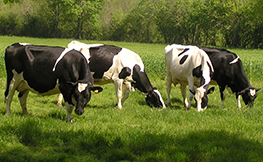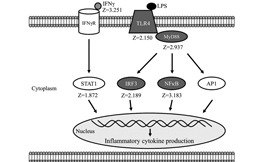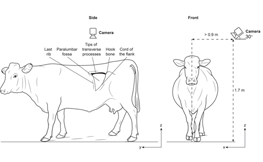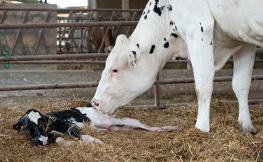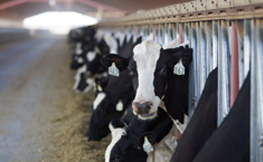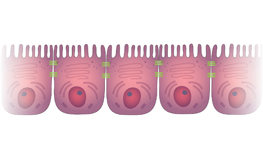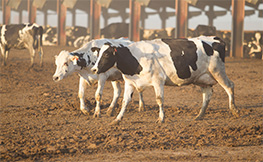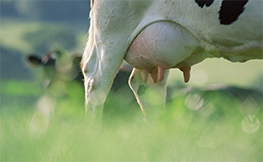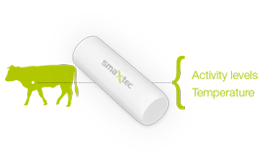Effects of ruminal pH on gene expression in the rumen epithelium, peripheral blood 4 mononuclear cell subpopulations, and blood metabolites from Holstein calves during 5 weaning transition
In this 2019 paper published in The Journal of Veterinary Medical Science, the authors found feeding the only starter to calves decreases rumen pH at weaning with upregulation of the receptor TLR4. Feeding only starter lowered cholesterol synthesis in the rumen epithelium whereas starter and forage combined resulted in higher energy status. Read
Automated assessment of reticulo-ruminal motility in dairy cows using 3-dimensional vision
This study demonstrated a low-cost 3D vision system that could automatically and remotely assess the reticulo-ruminal motility of dairy cows. The automated assessment performed similarly to referential manual assessment. In contrast to other available methods of reticulo-ruminal assessment, this automated system was noninvasive and did not distress the cows. Read
Late gestation heat stress in dairy cows: Effects on dam and daughter
Heat stress during the dry period has dramatic negative impacts on the cow and her offspring. Cows that experience heat stress in late gestation make less milk and are at greater risk of disease and nutritional issues. Read
Feeding Behavior, Feed Space, and Bunk Design and Management for Adult Dairy Cattle
This research from the University of Guelph shows how the feeding behavior of dairy cows — including how, when and what cows eat of the feed provided to them — has a significant impact on cow health and productivity. Read
Symposium review: The importance of the ruminal epithelial barrier for a healthy and productive cow
The ruminal epithelium is the main site for absorption of key nutrients and electrolytes. Yet, the absorptive function has to be highly selective to prevent entry of microbes and toxins. This study outlines what researchers know, and still must uncover, about the factors that counteract barrier impairment and help with barrier restoration. Read
Claw disorders in dairy cattle: Effects on production, welfare and farm economics with possible prevention methods
Laminitis-related and infectious claw disorders often cause a decrease in milk yield. Claw disorders are also responsible for reproduction problems and can reduce feed intake. This study examines the most efficient measures to prevent those losses — and improve animal welfare. Read
Key role of short-chain fatty acids in epithelial barrier failure during ruminal acidosis
Sub Acute Ruminal Acidosis (SARA) is induced by high concentrations of short-chain fatty acids (SCFA) that result in lower ruminal pH and damage to the epithelial barrier function. The present study investigated if SCFA directly contribute to epithelial barrier failure. Read
Intramammary infusion of Escherichia coli lipopolysaccharide negatively affects feed intake, chewing, and clinical variables, but some effects are stronger in cows experiencing subacute rumen acidosis
Cows with Sub Acute Ruminal Acidosis (SARA) are more susceptible to other health challenges than healthy cows. This study showed differences in fever symptoms, DMI and even chewing activity were more pronounced in SARA cows compared to healthy animals. Read
Relative reticulo-rumen pH indicators for subacute ruminal acidosis detection in dairy cows
Sub Acute Ruminal Acidosis (SARA) is defined as a drop in rumen pH, but what is the most accurate way to look at these pH variations? This study addressed this important research question and even accounted for individual variabilities. Read
Page 1 of 3
